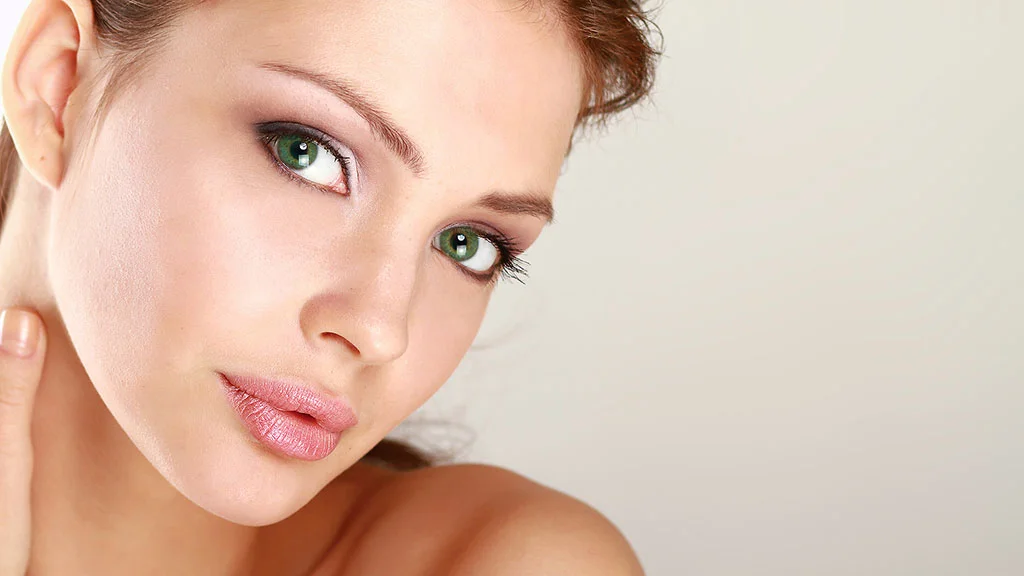The appearance of our skin is the mixture of many factors, both congenital (with which we were already born) and environmental (exposure to the environment: sun, pollution, cold, dust…). This mixture and the changes inherent to age will result in skin that may be more or less beautiful.

But what is considered beautiful skin?
In general, it will be one that has a homogeneous tone, that is, it does not have small (or large) pigment spots or small reddened areas (due to various pathologies such as couperose, rosacea, telangiectasias…). Furthermore, the skin is more pleasant to look at when it does not have areas that shine (normally the areas with more sebaceous glands, those that produce oil, shine more, such as between the eyebrows, forehead, back of the nose or cheeks) or that have a dry appearance (such as dandruff-like flaking that occurs in areas with eczema or drier skin). Beautiful skin will usually not have pimples or comedones (what are commonly known as blackheads) and the pores should be barely visible.
But in addition to what you see, the skin can be felt and touched. The skin should be soft to the touch, without irregularities (these may be due to the presence of scars, injuries resulting from sun damage, areas of peeling skin due to dryness…). And it should have a consistent feel, that is, when you pinch it with your fingers it should feel turgid.
What can we do to improve the appearance of the skin?
There are several solutions to the different problems that we may have that keep us from that “ideal” skin. We can use peels to remove the outer layers of the skin and force it to form new, more beautiful layers, reducing pore size, improving oil secretion, and unifying color. With the vitamins and peptides that we inject in the form of mesotherapy, we provide antioxidant factors and protein precursors to the skin so that it is nourished and improves its appearance. Depressed skin scars can be concealed quite successfully with filler treatments with certain hyaluronic acids and by reorienting collagen fibers with serial microneedling of the skin. Deeper skin fillers with calcium hydroxyapatite and hyaluronic acid improve the appearance of some skin that looks like leather due to age and sun exposure. Furthermore, both hydroxyapatite and tension threads promote collagen synthesis, improving the smoothness of the skin and those wrinkles that appear due to sagging skin. Finally, treatments with intense pulsed light or laser can homogenize the skin color and improve its texture.
Of course, the same person can combine several types of treatments so that the skin on the face, neckline or back of the hands improves significantly and thus regain self-esteem and feel better about oneself.